Implemented W-CDMA Direct Conversion Receiver Block Diagram
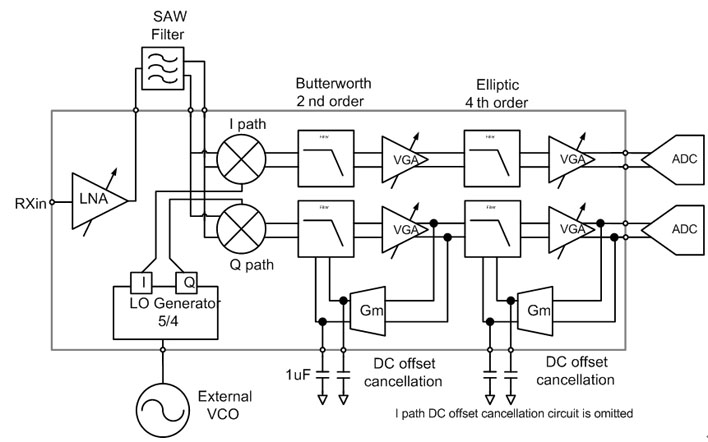
¡¡
LNA
Mixer
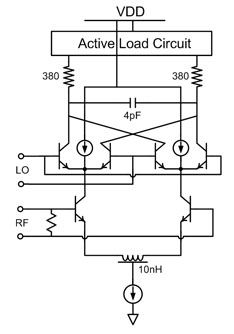
¡¡
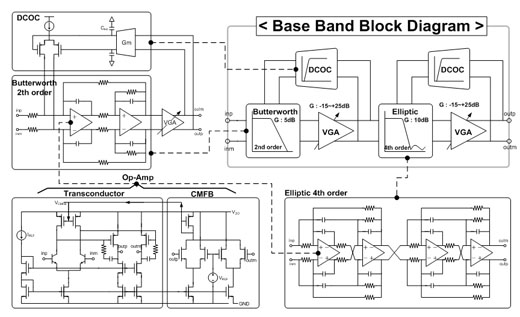
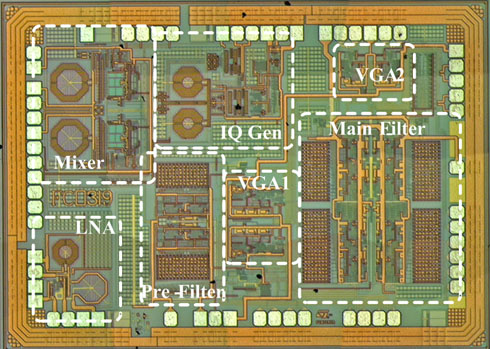
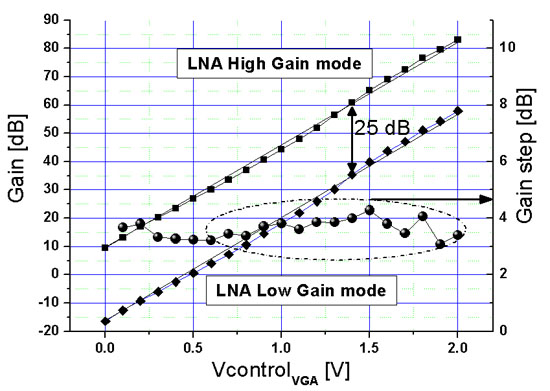
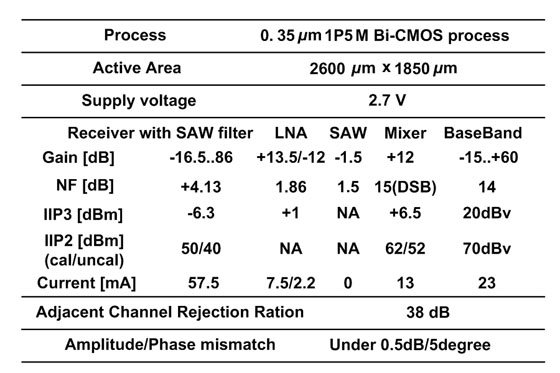
¡¡
|
Implemented W-CDMA Direct Conversion Receiver Block Diagram
¡¡ |
|
|
LNA
|
Mixer
¡¡ |
|
IQ Generator
|
Baseband Block diagram and
Filter
|
|
VGA
|
Chip Photograph
|
|
Noise Figure of the
Receiver
|
Gain variation and gain
step error
|
|
Receiver Performance
|
|